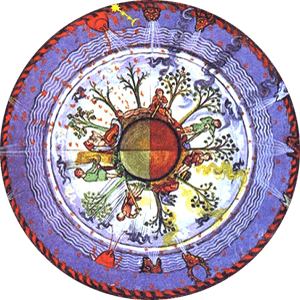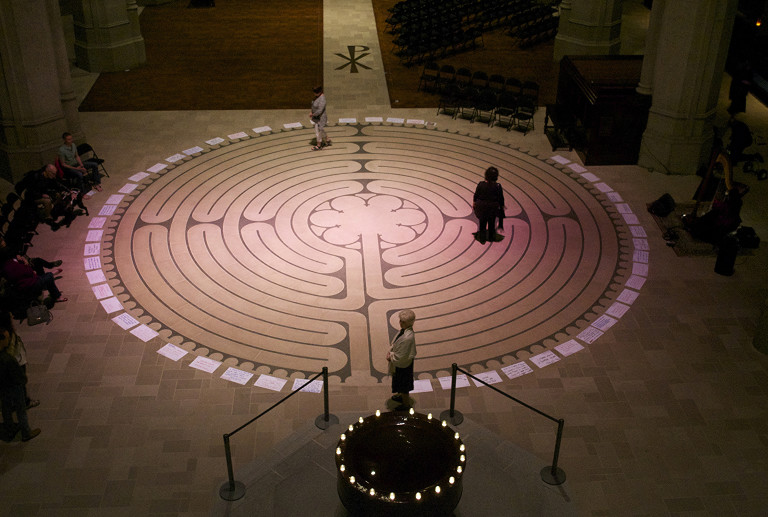
...connecting many diverse cultures, religions,
places and spaces...transcending time...
...sacred geometry...labyrinths...fractals and more...
In the course of learning about mandalas and how they relate to Hildegard, I’ve discovered so much that I had never known, or even thought about before (at least on a conscious level). That’s why I’ve included other synchronous art forms here, such as fractals, labyrinths and sacred geometry.
Let us know about yours! If we like it and think it’s appropriate we’ll list it here — no charge, no strings.
It’s all about connections. ![]() ‑pb
‑pb
(And please take a look at the ever-growing pin board board below for all sorts of beautiful, unusual connections.)
Grace Cathedral is home to not just one but two labyrinths — and to the Modern Labyrinth Movement. Labyrinths have appeared in many cultures since ancient times and in Christian spirituality since the fourth century. They welcome you to their labyrinths as a walking meditation, a spiritual practice or simply an opportunity to calm the mind and enjoy peace, quiet and reflection. If you can’t get there in person, the site itself is a lovely experience.

The Labyrinth Society is an international organization whose mission is to support all those who create, maintain and use labyrinths, and to serve the global community by providing education, networking and opportunities to experience transformation. Read more...
 A God’s Eye is a yarn weaving and a spiritual object. The Ojo de Dios (Eye of God in Spanish) is woven with yarn and wood, often with several colors. The weaving of an Ojo de Dios is an ancient contemplative and spiritual practice for many indigenous peoples in the Americas, and beliefs surrounding them vary with location and history. Some people believe they were originally part of the sophisticated religion of the Ancient Pueblo Peoples.
A God’s Eye is a yarn weaving and a spiritual object. The Ojo de Dios (Eye of God in Spanish) is woven with yarn and wood, often with several colors. The weaving of an Ojo de Dios is an ancient contemplative and spiritual practice for many indigenous peoples in the Americas, and beliefs surrounding them vary with location and history. Some people believe they were originally part of the sophisticated religion of the Ancient Pueblo Peoples.
One of the best resources I’ve come across is

A non-profit project dedicated to promoting peace through art and education.
This site offers all kinds of interesting and fun things, including make-our-own mandalas
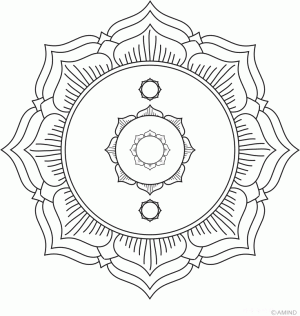
This Tibetan “cosmic” mandala is from AMIND,
a great resource of free mandalas to color, history, meditation music and much more.
Consider the Snowflake...
Make your own snowflake online, then save it, print it...
(I made the one above.)
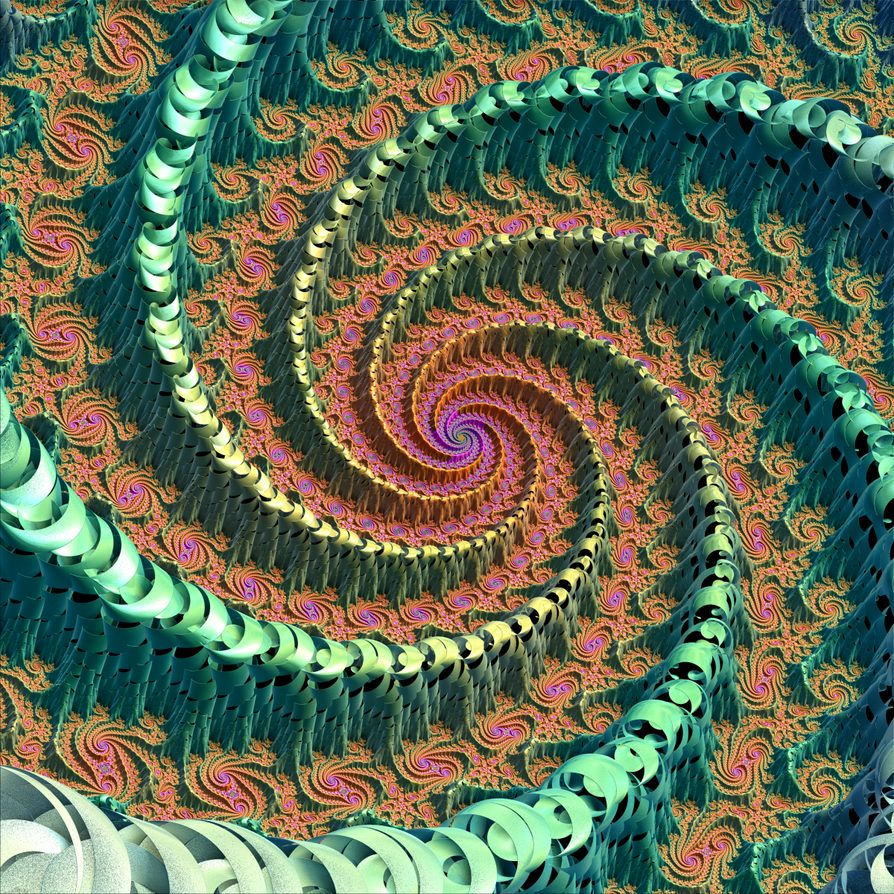
Make your own fractals
Interesting discussion on scienceblog.com.
“A fractal is a never-ending pattern. Fractals are infinitely complex patterns that are self-similar across different scales. They are created by repeating a simple process over and over in an ongoing feedback loop. Driven by recursion, fractals are images of dynamic systems – the pictures of Chaos. Geometrically, they exist in between our familiar dimensions. Fractal patterns are extremely familiar, since nature is full of fractals. For instance: trees, rivers, coastlines, mountains, clouds, seashells, hurricanes, etc. ...” -from the Fractal Foundation

“The ‘squaring of the circle’ is one of the many archetypal motifs which form the basic patterns of our dreams and fantasies. But it is distinguished by the fact that it is one of the most important of them from the functional point of view. Indeed, it could even be called the archetype of wholeness.”
-Carl Jung

Consider the
Chambered Nautilus...
The shell, when cut away,
reveals a lining of lustrous nacre
and displays a nearly perfect equiangular spiral.
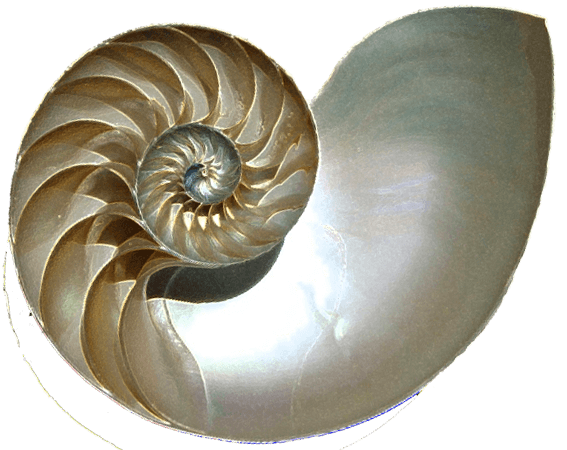
”] The triskele or triskelion (triple spiral) is an ancient Celtic symbol related to the sun, afterlife and reincarnation. Learn about them and many more sacred symbols at
The triskele or triskelion (triple spiral) is an ancient Celtic symbol related to the sun, afterlife and reincarnation. Learn about them and many more sacred symbols at![]()
![]() For info, fun, freebies and more, visit our Celtic Connections pages
For info, fun, freebies and more, visit our Celtic Connections pages

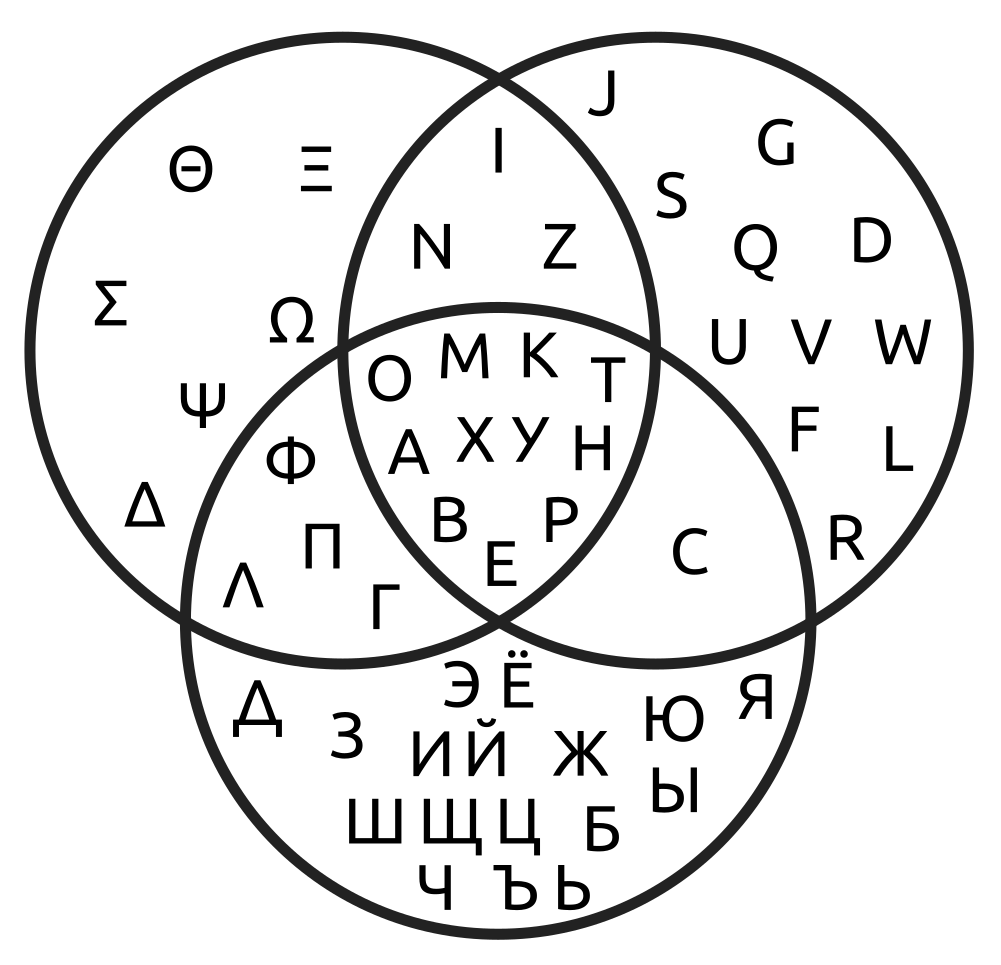 A Venn diagram or set diagram is a diagram that shows all possible logical relations between a finite collection of different sets. Venn diagrams were conceived around 1880 by John Venn. They are used to teach elementary set theory, as well as illustrate simple set relationships in probability, logic, statistics, linguistics and computer science. wikipedia
A Venn diagram or set diagram is a diagram that shows all possible logical relations between a finite collection of different sets. Venn diagrams were conceived around 1880 by John Venn. They are used to teach elementary set theory, as well as illustrate simple set relationships in probability, logic, statistics, linguistics and computer science. wikipedia
